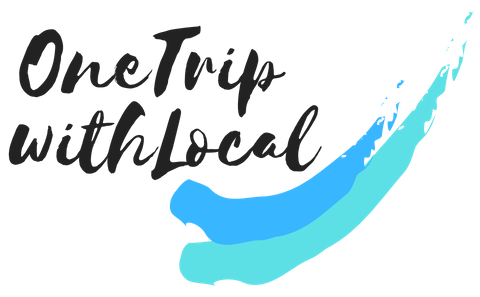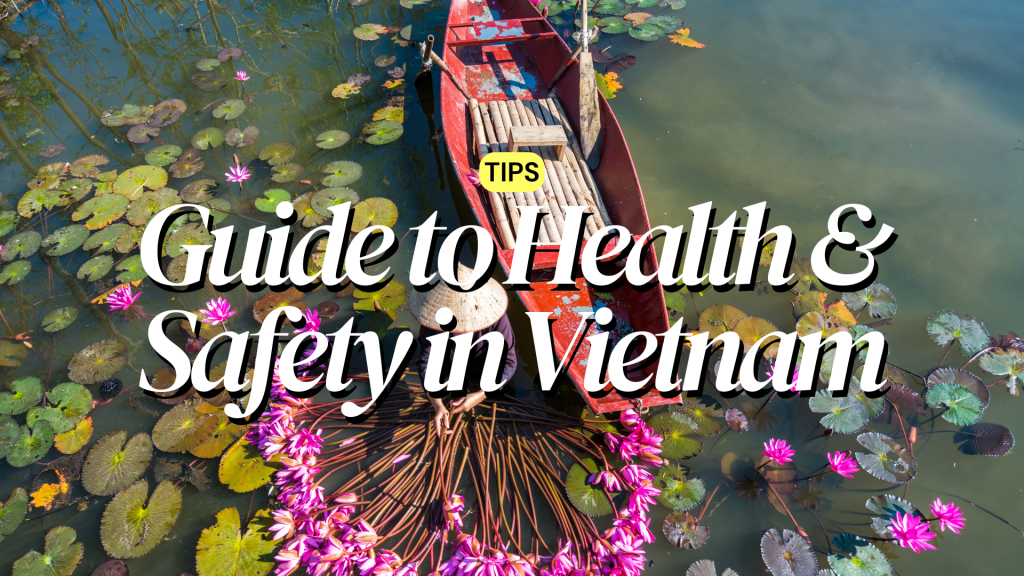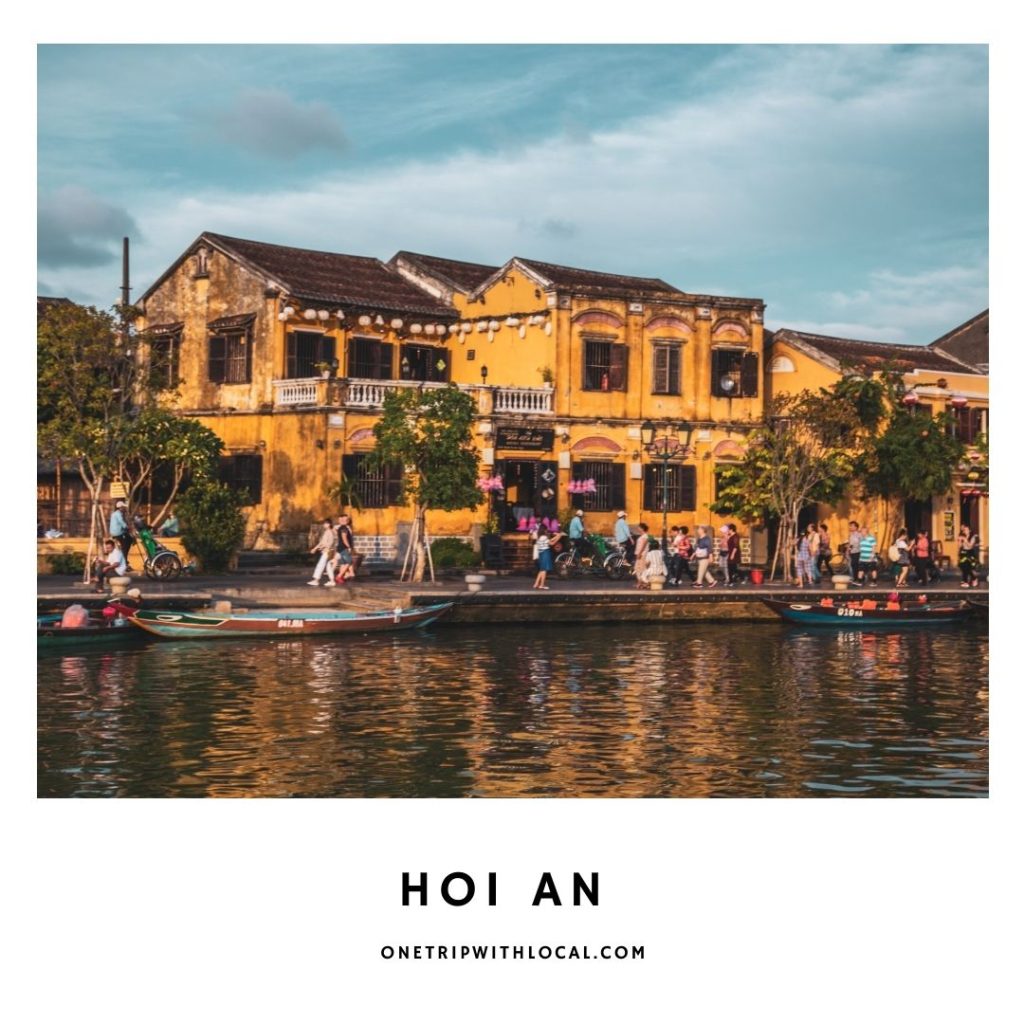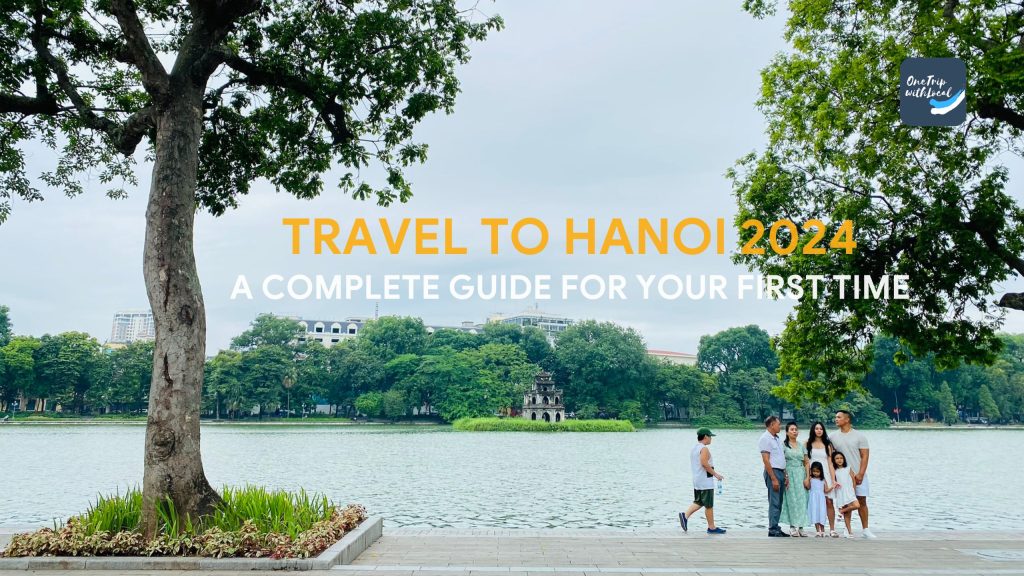Ha Giang, a mountainous province located in the northernmost region of Vietnam, is a hidden gem waiting to be explored. Known for its breathtaking landscapes, rich cultural tapestry, and welcoming ethnic communities, Ha Giang offers an authentic travel experience that sets it apart from more popular tourist destinations in Vietnam.
This post will take you through the essence of Ha Giang, how to get there from Hanoi, and the top attractions you shouldn’t miss.
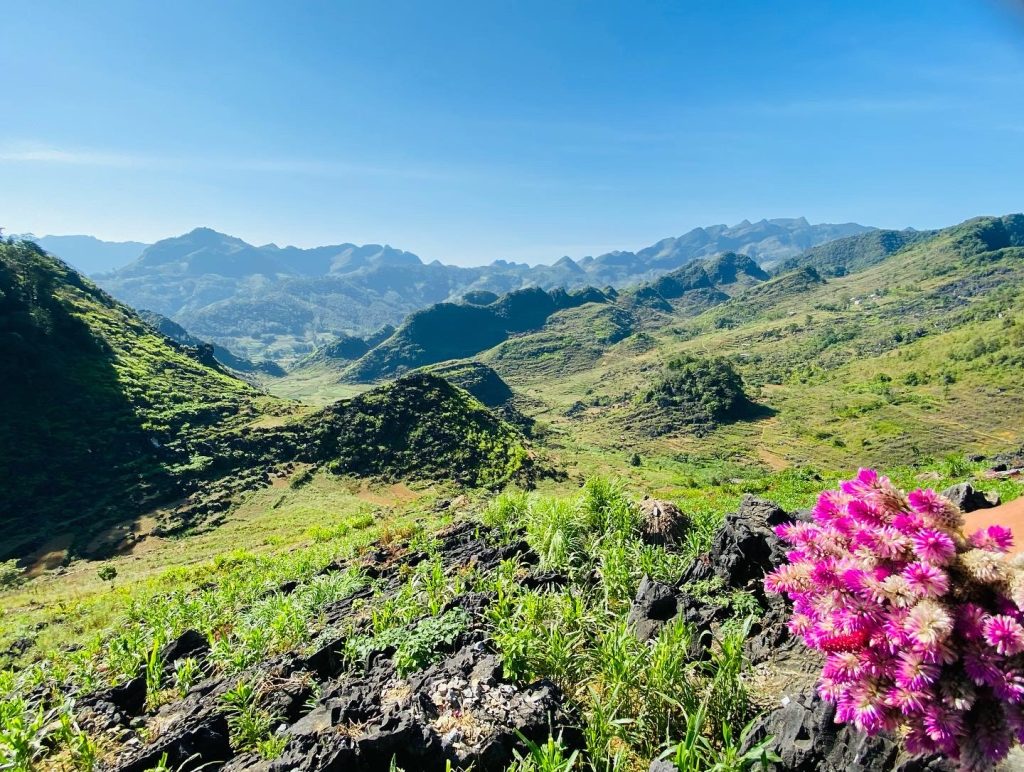
What is Ha Giang?
Ha Giang is a province that boasts a unique blend of natural beauty and cultural heritage. It is home to some of Vietnam’s most stunning landscapes, including towering limestone peaks, deep valleys, and winding rivers. The region is also culturally significant, housing various ethnic minority groups such as the Hmong, Tay, and Dao, each contributing to the area’s rich cultural mosaic.
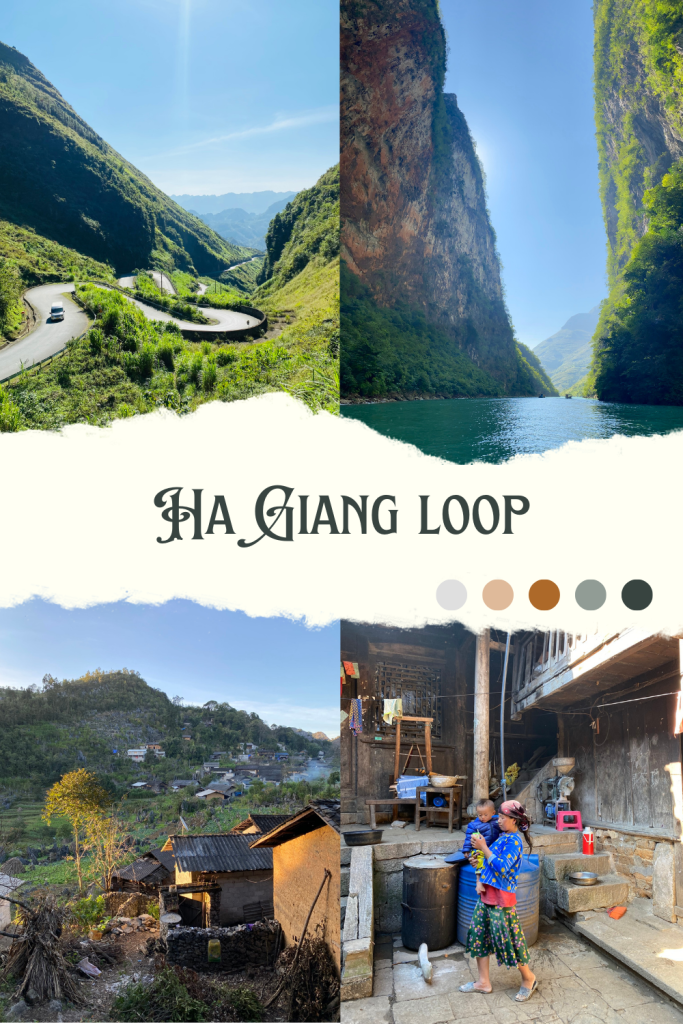
Why Visit Ha Giang?
Visiting Ha Giang offers a unique opportunity to immerse yourself in the daily lives of ethnic minority communities, explore untouched natural landscapes, and experience a different side of Vietnam. Unlike other tourist hotspots like Hanoi or Ho Chi Minh City, Ha Giang remains relatively untouched by mass tourism, allowing for a more genuine and intimate travel experience. The province is particularly famous for the Ha Giang Loop, a scenic motorbike route that offers stunning views and thrilling adventures.
Comparisons with Other Tourist Destinations in Vietnam
While destinations like Ha Long Bay and Sapa are well-known for their breathtaking sceneries and tourist amenities, Ha Giang offers a more rugged and authentic experience. Unlike the commercialized feel of many tourist spots, Ha Giang presents an untouched natural beauty and a deep cultural richness that makes it a must-visit for those seeking an off-the-beaten-path adventure. The province’s relatively remote location and challenging terrain make it ideal for adventure seekers and cultural enthusiasts alike.
When to visit?
When visiting Ha Giang, it is best to go during the months of September to November or March to May when the weather is pleasant and the rice terraces are in their most beautiful state.
How to Get to Ha Giang from Hanoi
Getting to Ha Giang from Hanoi can be an adventure in itself, with several travel options available to suit different preferences and comfort levels.
By Bus
Taking a bus is one of the most popular and convenient ways to travel from Hanoi to Ha Giang. Multiple bus services operate daily, providing comfortable seats and even sleeper options for overnight journeys. The travel duration is approximately 6-8 hours, and the cost ranges from $30 to $45 depending on the bus operator and class of service.
By Motorcycle
For those seeking a more adventurous route, traveling by motorcycle is an exhilarating option. The ride from Hanoi to Ha Giang covers roughly 300 kilometers and can be completed in about 7-8 hours. Key routes include the Hà Giang Loop and Quốc lộ 4C, offering scenic views and numerous recommended stops such as Tam Son and Yen Minh. Safety is paramount, so ensure your motorcycle is well-maintained, and always wear protective gear.
Private Tour Options
Private tours offer a hassle-free and personalized way to experience the journey from Hanoi to Ha Giang. These tours typically include transportation, accommodation, and guided activities, ensuring a comprehensive and comfortable travel experience. Expect to get insights from local guides, visit off-the-beaten-path locations, and have your itinerary tailored to your interests.
Best Time to Visit
The best time to visit Ha Giang is during the dry season, which lasts from October to April. This period offers cooler temperatures and clearer skies, perfect for outdoor activities and exploring the stunning landscapes. Seasonal attractions such as the Tam Giac Mach flower festival in October and the vibrant local markets add to the charm of visiting during these months.
Top Attractions in Ha Giang
Dong Van Karst Plateau
The Dong Van Karst Plateau is one of Ha Giang’s most renowned attractions. Recognized as a UNESCO Global Geopark, this area is geologically significant and boasts dramatic limestone formations and breathtaking valleys. Key sites within the plateau include the Lung Cu Flag Tower, offering panoramic views of the region, and the Ma Pi Leng Pass, known for its awe-inspiring scenery.
Ethnic Villages
Ha Giang is home to various ethnic minority groups, and visiting their villages provides a unique cultural experience. Key groups include the Hmong, Tay, and Dao, each with their distinct traditions and crafts. Exploring villages like Thị trấn Đồng Văn and Phố cổ Đồng Văn allows visitors to engage in cultural exchanges, enjoy homestays, and purchase local handicrafts.
Other Notable Sights
Other must-see attractions in Ha Giang include the Quan Ba Twin Mountains, known for their symmetrical beauty, and the Hoang Su Phi rice terraces, which offer mesmerizing views, especially during the harvest season.
Things to Do in Ha Giang
Outdoor Activities
Ha Giang is a paradise for outdoor enthusiasts, offering a plethora of activities that cater to different levels of adventure.
Trekking and Hiking
The province boasts numerous trekking and hiking trails that range from easy to challenging. Popular trails include routes around the Dong Van Karst Plateau and the Ma Pi Leng Pass. These trails offer stunning panoramic views, lush greenery, and opportunities to interact with local communities.
Motorcycle Tours
Exploring Ha Giang by motorcycle is an adventure in itself. The Hà Giang Loop is a highly recommended route that takes you through some of the most scenic parts of the province. Highlights include the Đèo Mã Pí Lèng pass, which offers breathtaking views and numerous photo opportunities.
Cultural Experiences
Ha Giang offers a deep dive into the rich cultural heritage of its ethnic minority groups.
Visiting Local Markets
The local markets in Ha Giang are vibrant and bustling, offering a glimpse into the daily lives of the local people. Markets such as the Dong Van Market and the Meo Vac Market are perfect places to shop for local handicrafts, sample traditional foods, and experience the local culture.
Participating in Festivals
Ha Giang hosts several cultural festivals throughout the year, providing a unique opportunity to witness traditional dances, music, and ceremonies. The Lễ hội hoa Tam giác mạch (Buckwheat Flower Festival) in October is particularly popular, celebrating the blooming of the buckwheat flowers with various cultural activities.
Photography Hotspots
Ha Giang is a photographer’s dream, offering a myriad of stunning landscapes and unique cultural scenes.
Best Locations for Photography
Some of the best photography spots in Ha Giang include the Đèo Mã Pí Lèng pass, the Quan Ba Twin Mountains, and the Hoang Su Phi rice terraces. Sunrise and sunset are particularly magical times to capture the beauty of these locations.
Travel Tips for Ha Giang
Accommodation Options
Ha Giang offers a range of accommodation options to suit different budgets and preferences.
Types of Accommodation
From cozy homestays and guesthouses to eco-lodges and hotels, Ha Giang has something for everyone. Khách sạn Hà Giang provides a comfortable stay with all the necessary amenities.
Recommendations
For those on a budget, homestays in ethnic villages offer an authentic and affordable experience. For a more luxurious stay, eco-lodges and well-rated hotels in Ha Giang town are excellent options.
Food and Drink
Ha Giang’s local cuisine is a must-try, offering unique flavors and dishes.
Local Cuisine
Must-try dishes include Thắng cố (a traditional Hmong stew), Bánh cuốn (steamed rice rolls), and Cháo ấu tẩu (a special porridge). Local markets and street vendors are great places to sample these dishes.
Dining Etiquette
When dining in Ha Giang, it’s customary to be polite and respectful. Sharing food and using communal dishes is common, so don’t be surprised if you find yourself sharing a meal with locals.
Safety and Preparation
Traveling to Ha Giang requires some preparation to ensure a safe and enjoyable trip.
Travel Insurance
Given the remote location and challenging terrain, travel insurance is highly recommended. It provides coverage for medical emergencies, trip cancellations, and other unforeseen events.
Health Precautions
Altitude sickness can be an issue in Ha Giang, so it’s important to stay hydrated and take it easy if you feel unwell. Carrying a basic first aid kit and any necessary medications is also advisable.
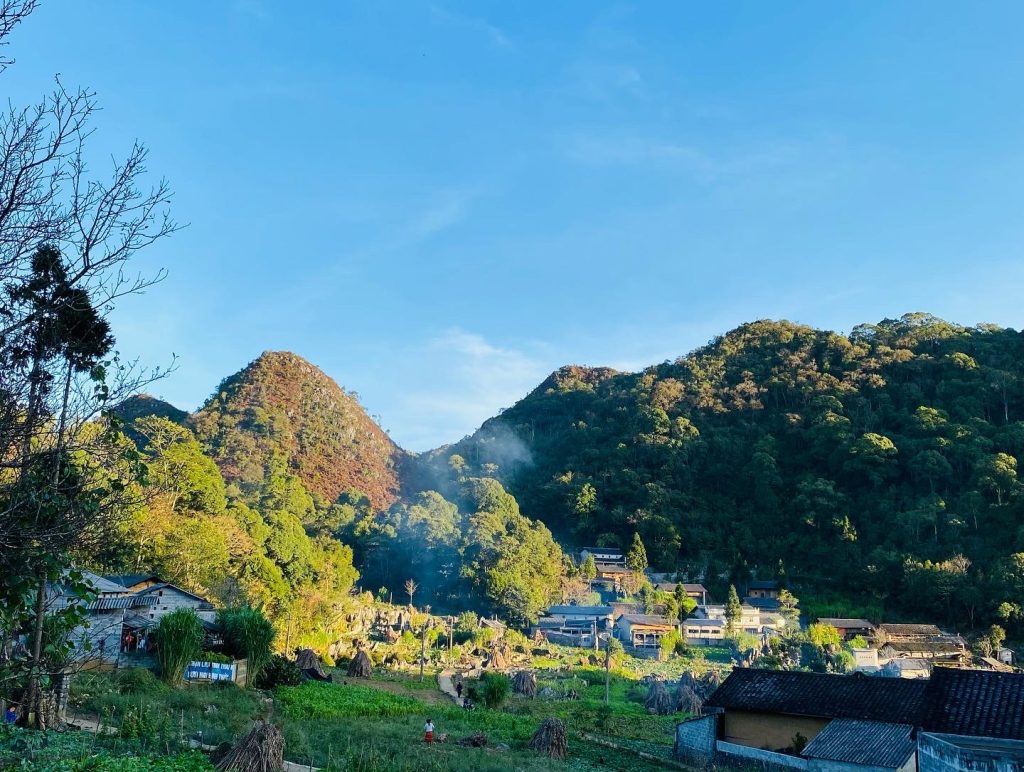
My trip to Ha Giang with the OneTrip with Local team
DAY 1: Getting to Ha Giang from Sa Pa
To get to Ha Giang from Hanoi, many people choose to take a night bus, which typically takes about 8 hours. In my case, since I was already in Lao Cai for the Nhiu Co San hike track and planned to return to Sa Pa, I decided to take a bus from the Sapa bus station to Ha Giang. The journey took me approximately 6.5 hours by bus.
>>> Check out: Hanoi to Ha Giang Vietnam: Transport Guide

Ha Giang city
I stayed at Bong Hostel and had a great experience. My friends and I shared a clean and quiet 6-person room. The staff were kind enough to let us leave our luggage there while we prepared for the Ha Giang loop.
In the evening, we explored the area to find a small local restaurant for dinner. Although there weren’t many options, we managed to find some good local restaurants. One person in our group was vegan, so we asked the restaurant owner if they had any vegan options available. We had rice with tofu, veggie soup, and lots of local fruits.
Rent a motorbike
We could easily rent a motorbike for 180,000 VND (about $7.5) per day. Both my friend and I are skilled drivers, so there is no problem for us. However, an Australian couple who tried to learn how to drive had a hard time because, in Australia, people drive on the left. Additionally, the streets in Ha Giang are hilly, making it best to book the Easy Rider – Ha Giang motorbike tour.
DAY 2: Ha Giang – Tham Ma Pass – Lao Xa Hmong village
After having breakfast and some coffee, we got ready for our adventures. We embarked on a long ride from Ha Giang City and passed the Tham Ma Pass. The view from there was truly the most breathtaking I have ever seen, with its lush green mountains.

We made a stop to admire the view and then continued on to the Lao Xa Hmong Ancient House. The owner graciously shared many interesting stories about the village and his family. The Lao Xa village has been in existence for 400 years, and we were captivated by the tales of the Hmong people’s origins. It was a stroke of luck to meet a German couple and a Vietnamese photographer, and we all enjoyed a dinner together featuring traditional Hmong food.


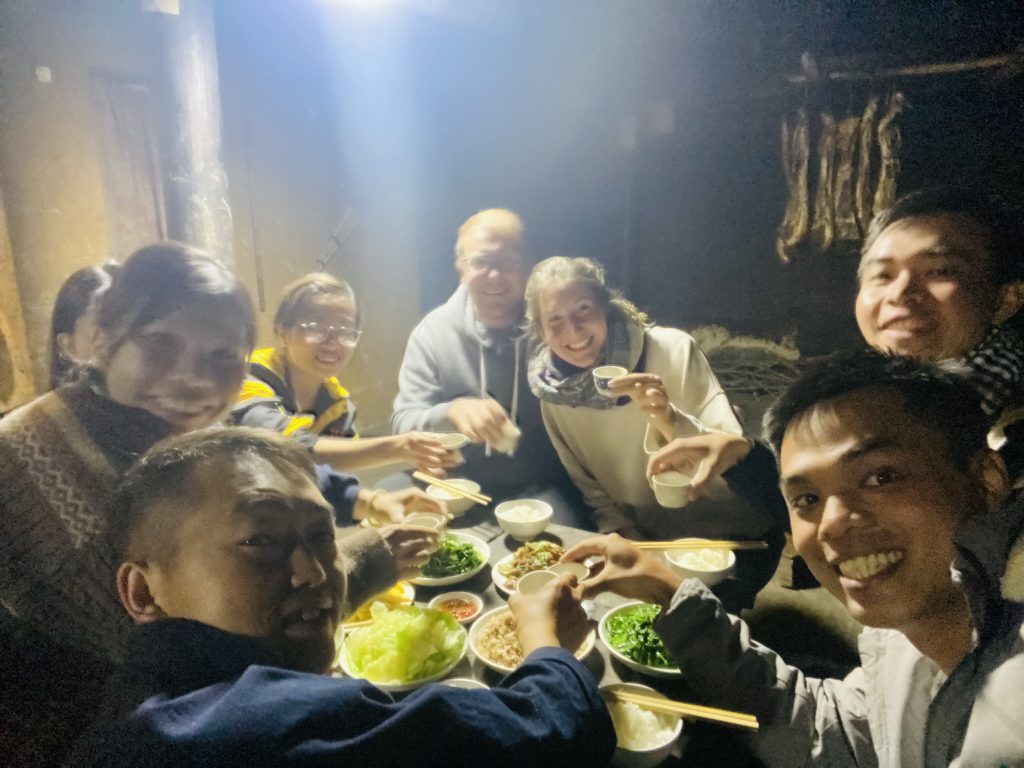
The following morning, we woke up early and visited a family that has been making silver jewelry for generations.
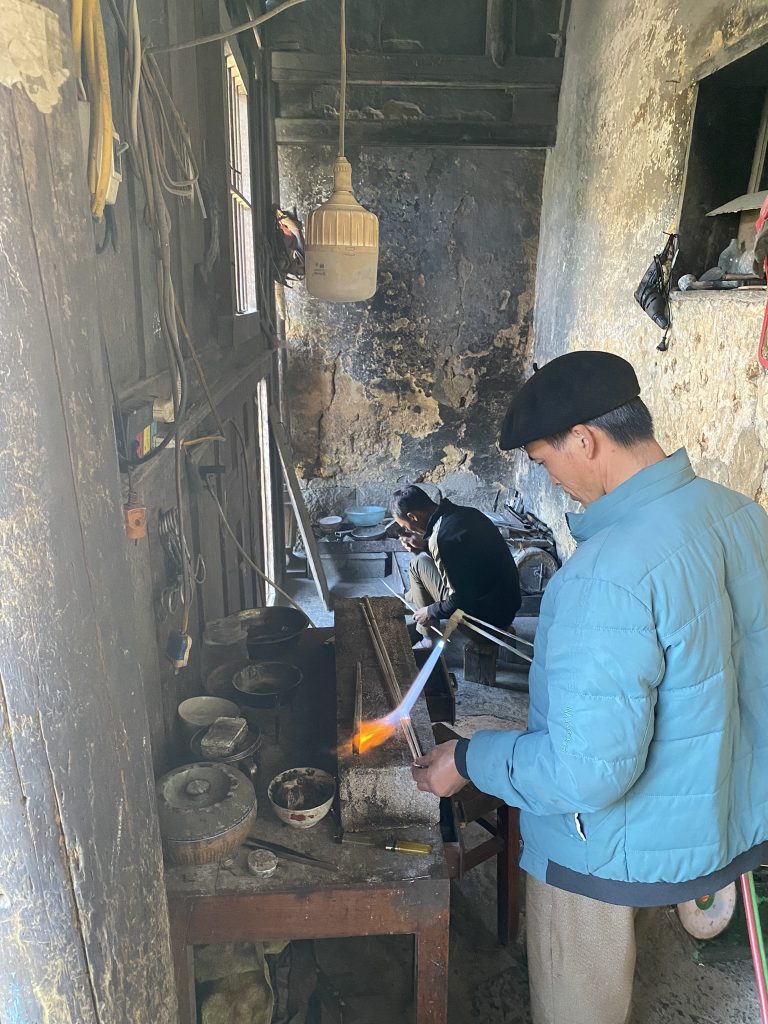
DAY 3: Hmong King’s Palace – Ha Sung’s house
Then, we rode to the Hmong King’s Palace. We were very excited to visit this place, as I have always been interested in history. The house is well-preserved and provides detailed information about the King during his time.
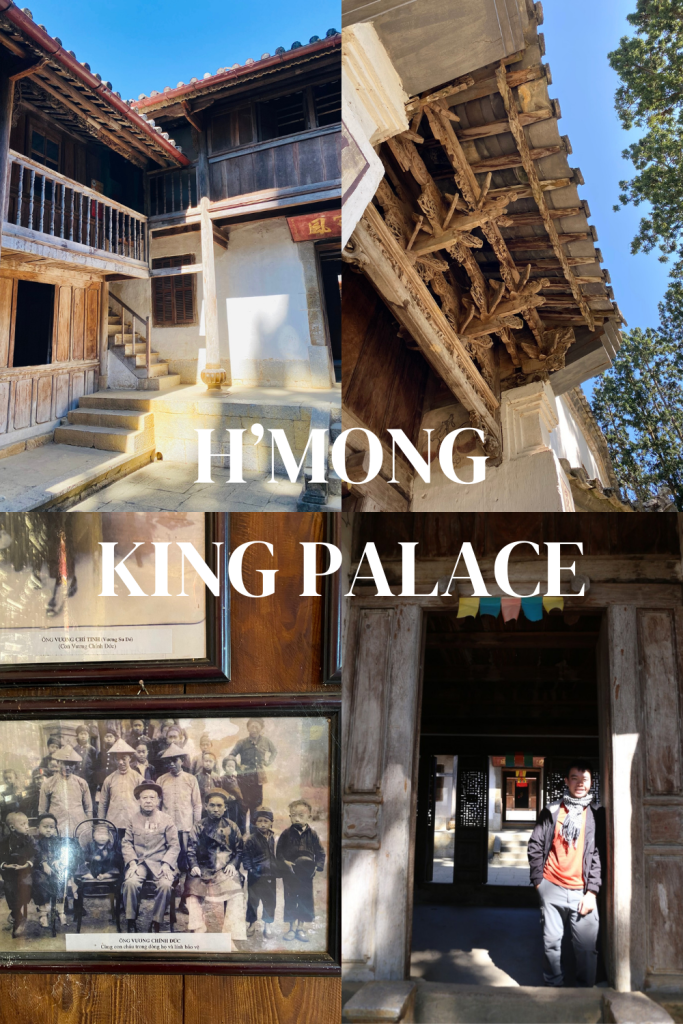
We were fortunate to meet a Vietnamese photographer who had stayed here for a few months and fell in love with Ha Giang. She recommended that we visit a hidden house called Ha Sung’s house, which has wonderful architecture. The owner of the house is unknown, and currently, a few families live here.
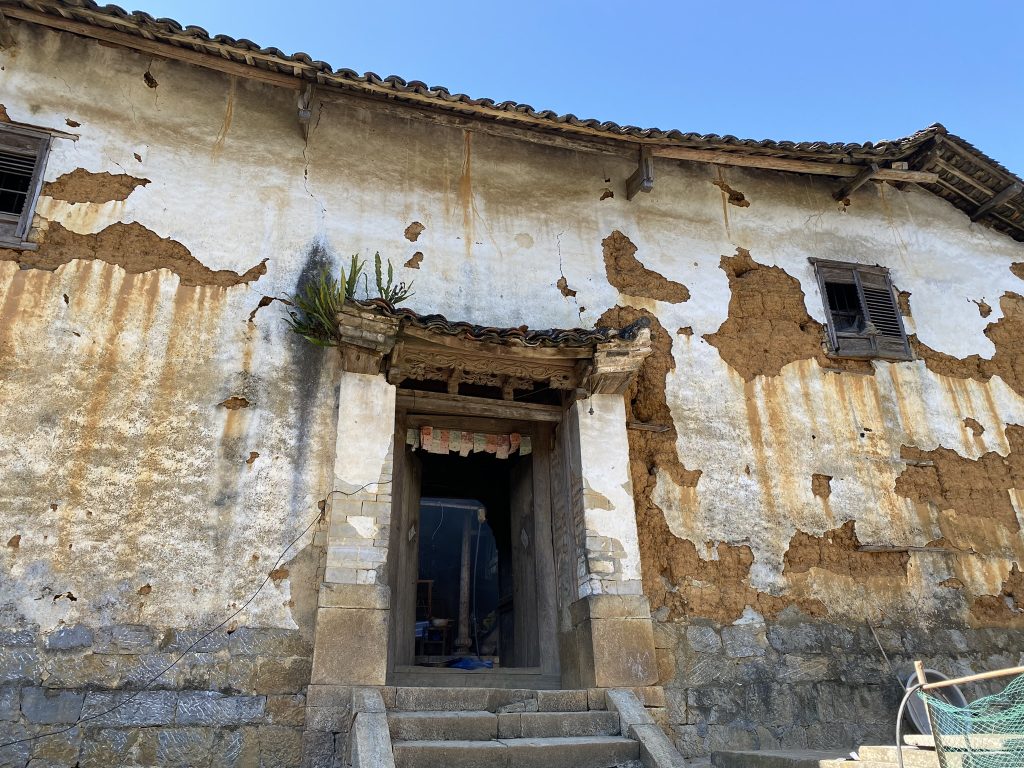
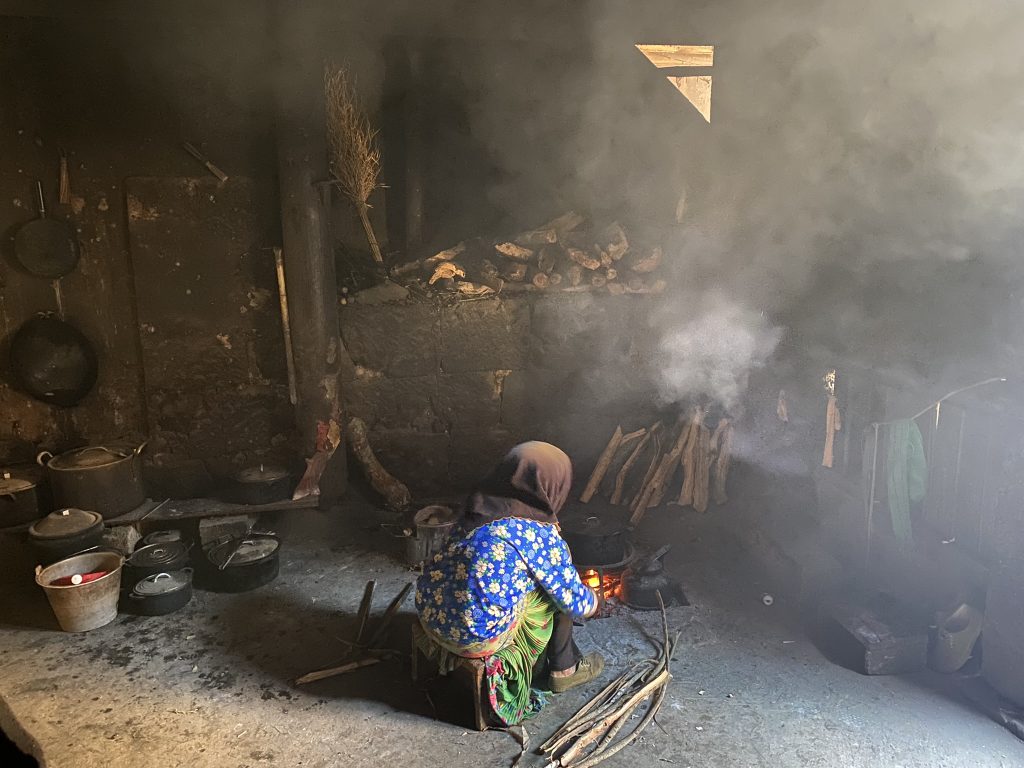
Afterward, we continued our journey to Lo Lo Homestay & Cafe. I really liked this place, as it had great local decor. We had dinner and enjoyed a glass of craft beer. What a great day!
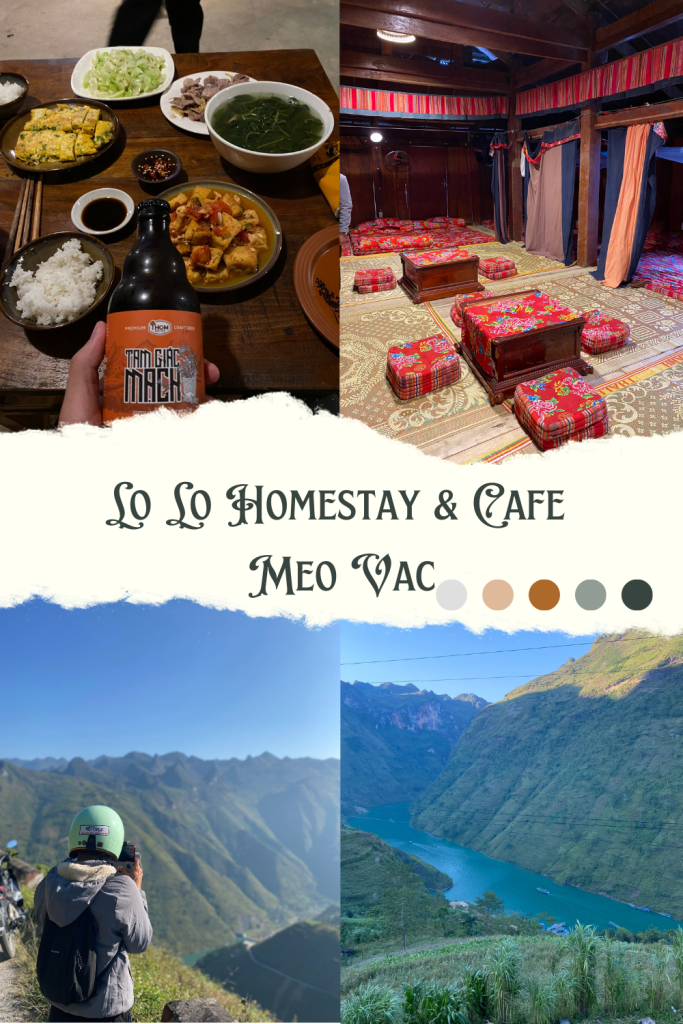
DAY 4: Nho Que River – LY BON bridge in Cao Bang and getting back to Ha Giang city
We packed our things and got ready to visit the Nho Que River. We almost got lost because the Google Maps was not clear due to weak internet connection on our phones. After asking the locals, we finally made it there. The scene was incredible with the green water.

We stopped at a bridge and were amazed by its beauty. Then, we returned to the city of Ha Giang and prepared to go back to Hanoi.

DAY 5: Getting back to Hanoi
After approximately 7 hours, we departed from the bus station and returned to Hanoi. The bus dropped us off at the Old Quarter of Hanoi.
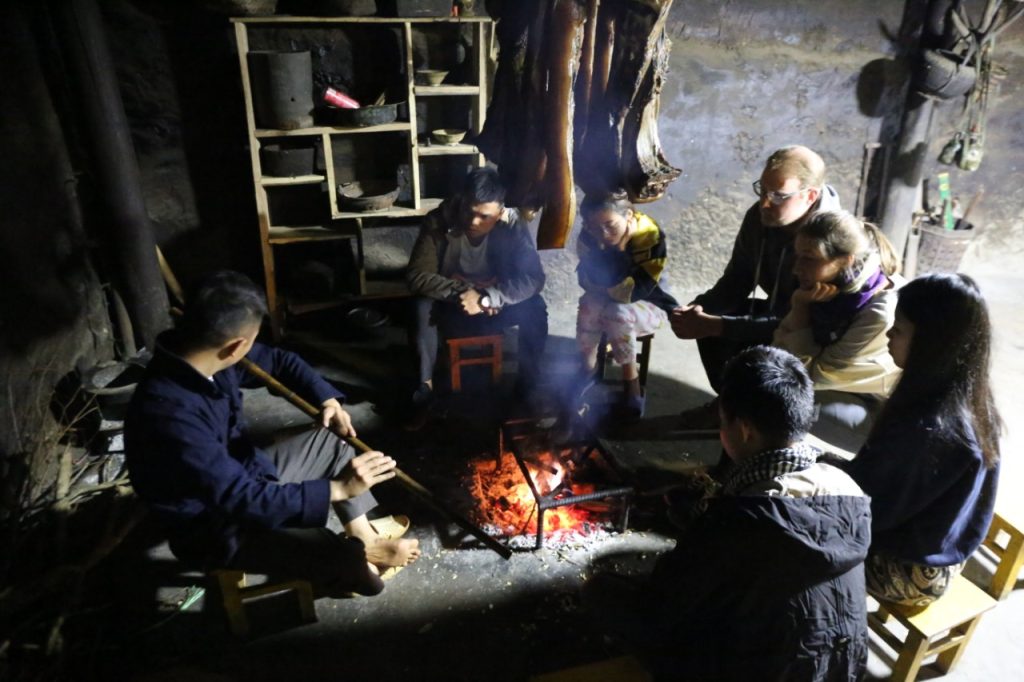
I sincerely hope that you had an absolutely amazing and unforgettable experience exploring the Ha Giang loop, just like I did. It is truly an incredible and breathtaking journey that allows you to witness the stunning beauty of nature, immerse yourself in the vibrant local culture, and create memories that will last a lifetime. Whether it was the exhilarating motorbike ride through the winding mountain roads, the awe-inspiring views of the majestic mountains and terraced rice fields, or the warm and welcoming hospitality of the local people, I truly hope that every moment of your Ha Giang loop adventure was filled with joy, wonder, and a sense of awe.
FAQ for Travel to Ha Giang
Is it safe to travel to Ha Giang by motorcycle?
Yes, but it’s important to ensure your motorcycle is in good condition and to wear protective gear.
What are the best times of year to visit Ha Giang?
The best times to visit Ha Giang are typically from October to April, during the dry season. This period offers cooler temperatures and clearer skies, ideal for outdoor activities and exploring the stunning landscapes.
What types of accommodation are available in Ha Giang?
Ha Giang offers a range of accommodation options, including homestays, guesthouses, eco-lodges, and hotels. Homestays in ethnic villages provide an authentic and affordable experience, while eco-lodges and well-rated hotels in Ha Giang town offer more luxury.
What are the must-try dishes in Ha Giang?
Ha Giang’s local cuisine is a must-try, featuring unique flavors and dishes such as Thắng cố (a traditional Hmong stew), Bánh cuốn (steamed rice rolls), and Cháo ấu tẩu (a special porridge). Local markets and street vendors are great places to sample these dishes.
Are there any health precautions to take when traveling to Ha Giang?
Yes, altitude sickness can be an issue in Ha Giang due to its mountainous terrain. It’s important to stay hydrated, take it easy if you feel unwell, and carry a basic first aid kit and any necessary medications.
What are the top attractions in Ha Giang?
Some of the top attractions in Ha Giang include the Dong Van Karst Plateau, Lung Cu Flag Tower, Ma Pi Leng Pass, Quan Ba Twin Mountains, and Hoang Su Phi rice terraces. These sites offer breathtaking landscapes and cultural insights.
Can I participate in local festivals in Ha Giang?
Yes, Ha Giang hosts several cultural festivals throughout the year. The Lễ hội hoa Tam giác mạch (Buckwheat Flower Festival) in October is particularly popular and features traditional dances, music, and ceremonies celebrating the blooming of buckwheat flowers.
What outdoor activities can I do in Ha Giang?
What outdoor activities can I do in Ha Giang?
Ha Giang is perfect for outdoor enthusiasts, offering activities such as trekking, hiking, and motorcycle tours. Popular trails include routes around the Dong Van Karst Plateau and the Ma Pi Leng Pass. The Hà Giang Loop is also highly recommended for motorcycle tours.
What cultural experiences can I have in Ha Giang?
Visiting ethnic villages, participating in local markets, and attending cultural festivals are some of the enriching cultural experiences in Ha Giang. These activities provide insights into the traditions and daily lives of the local ethnic minority groups.
Where are the best photography spots in Ha Giang?
Ha Giang offers numerous photography hotspots, including the Đèo Mã Pí Lèng pass, Quan Ba Twin Mountains, and Hoang Su Phi rice terraces. Sunrise and sunset are especially magical times to capture the beauty of these locations.
What should I pack for a trip to Ha Giang?
When packing for Ha Giang, consider the season and activities you plan to do. Essentials include comfortable clothing, sturdy hiking boots, a good quality camera, sunscreen, a hat, and a basic first aid kit. If traveling by motorcycle, don’t forget protective gear and a reliable map or GPS.
Is travel insurance necessary for a trip to Ha Giang?
Yes, travel insurance is highly recommended due to the remote location and challenging terrain of Ha Giang. It provides coverage for medical emergencies, trip cancellations, and other unforeseen events, ensuring peace of mind during your trip.
